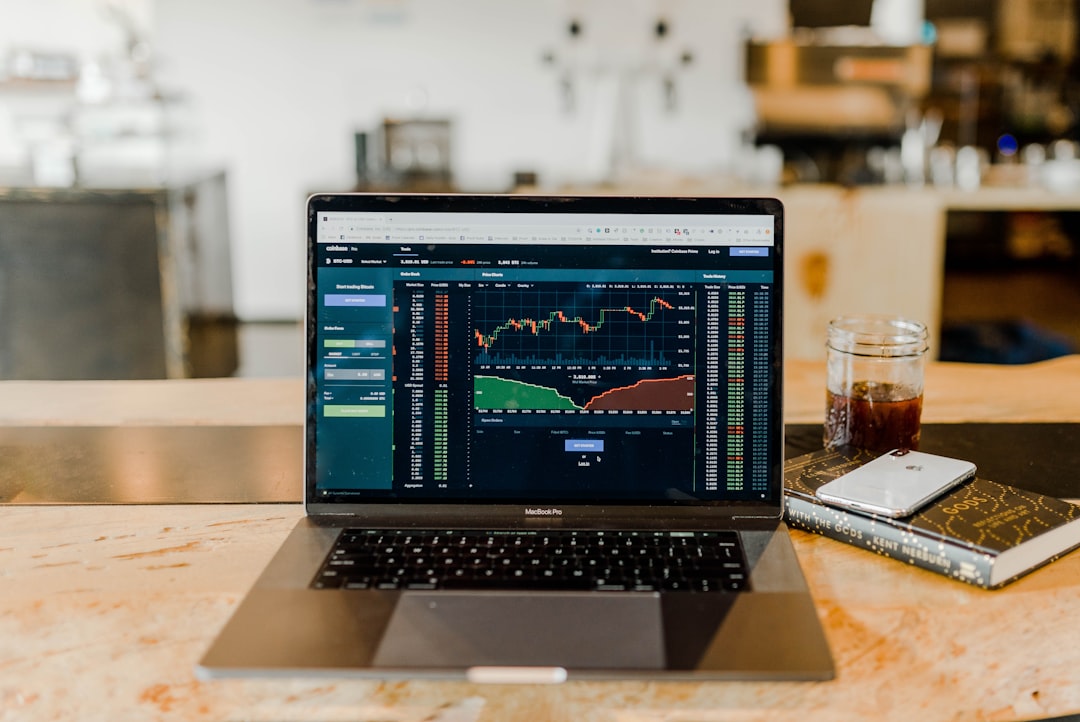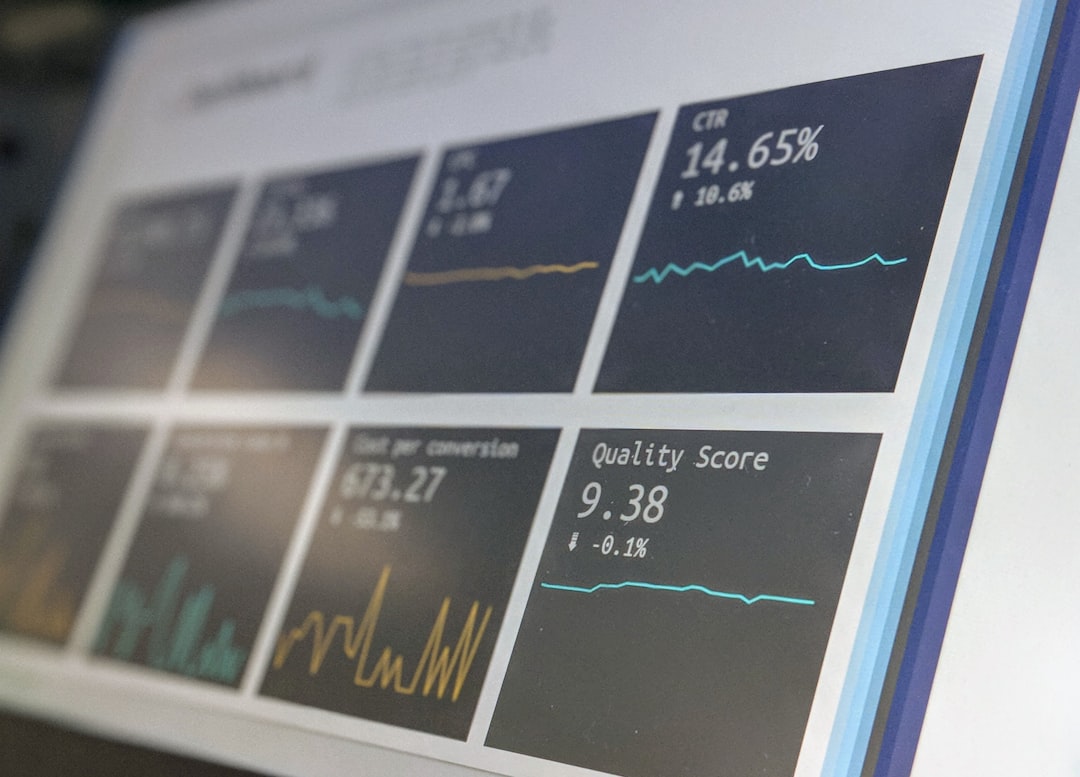
How to Teach Basic Economics Effectively
# Introduction. Teaching economics is a rewarding yet challenging endeavor. As an essential subject that impacts everyday decision-making, it’s crucial to present economic concepts in an engaging and comprehensible manner. This blog post will guide you through the strategies to effectively teach basic economics, ensuring that your students not only learn but also appreciate its relevance to their lives. ## Understanding Your Audience. When embarking on the journey of teaching economics, the first step is to understand your audience. Are you teaching high school students, college freshmen, or adult learners? Each group has different levels of prior knowledge and learning styles. For younger students, the focus should be on relatable examples and fundamental concepts like scarcity, supply and demand, and opportunity cost. Utilize real-world scenarios, such as making choices when spending allowance money, to illustrate these principles. For adult learners, consider their life experiences and how economics applies to their careers and personal finances. Tailoring your approach to fit your audience ensures that the material resonates and engages them effectively. ## Incorporating Real-World Examples. One of the most impactful ways to teach economics is through real-world examples. Connect theoretical concepts to current events, trends, or issues that students care about. For instance, discussions around minimum wage increases can lead to conversations about labor market dynamics, living wages, and economic inequality. Incorporating case studies on businesses or products can illustrate concepts such as pricing strategies, market competition, and consumer behavior. Encourage students to open up about their personal experiences with money, purchases, or budgeting. This form of experiential learning makes economics relatable and allows students to draw from their own lives, enhancing their understanding and retention of concepts. ## Interactive Learning Strategies. To keep students engaged, utilize interactive learning strategies. Incorporate group discussions, collaborative projects, and simulation games to make lessons more dynamic. For example, a market simulation game can help students visualize how supply and demand interact in a controlled environment, leading to a deeper understanding of market equilibrium. Digital tools and resources can also enhance interactive learning. Online platforms such as Kahoot, Quizlet, or Google Forms can create quizzes and polls that foster participation while reinforcing key concepts. Encourage students to create presentations on specific economic topics, facilitating both research and collaborative skills. ## Utilizing Visual Aids and Technology. Visual aids can significantly boost comprehension in economics, a subject often filled with abstract concepts and numerical data. Graphs, charts, and infographics can illustrate complex ideas such as inflation rates, economic growth trends, or the business cycle in a visually appealing manner. Furthermore, using video resources can profoundly enhance understanding. Many online educational platforms and channels provide engaging content that can serve as a supplementary learning tool. Watching documentaries or short clips related to economic phenomena can spark discussions and foster a comprehensive understanding of economic principles. ## Encouraging Critical Thinking. Encouraging students to think critically about economic issues is essential for their intellectual growth. Pose open-ended questions related to current events or policies. For example, discussing the pros and cons of free trade versus protectionism can prompt debate and discussion among peers, fostering diverse viewpoints. Encourage students to analyze different economic perspectives, such as Keynesian versus Classical economics, and consider how various ideologies shape economic policies. Promoting such critical discourse encourages students to develop their opinions, leading to informed, engaged citizens. ## Continual Assessment and Feedback. As with any educational endeavor, continuous assessment and feedback are crucial to gauge understanding and development. Implement formative assessments such as quizzes, journals, or frequent discussions to assess student comprehension regularly. Feedback can guide them in areas they need to improve while also acknowledging their growth. Final projects or presentations can serve as summative assessments, allowing students to synthesize their learning and present it to the class. Ensure that feedback is constructive and geared towards enhancing their knowledge and skills. ## Conclusion. Teaching basic economics does not have to be a daunting task. By understanding your audience, incorporating real-world examples, employing interactive strategies, using visual aids, fostering critical thinking, and providing ongoing feedback, you can create an engaging and effective learning environment. Economics is not just about numbers and charts; it profoundly impacts our everyday lives. Equip your students with the tools they need to understand and navigate the world of economics, and they will be better prepared for their futures. .







